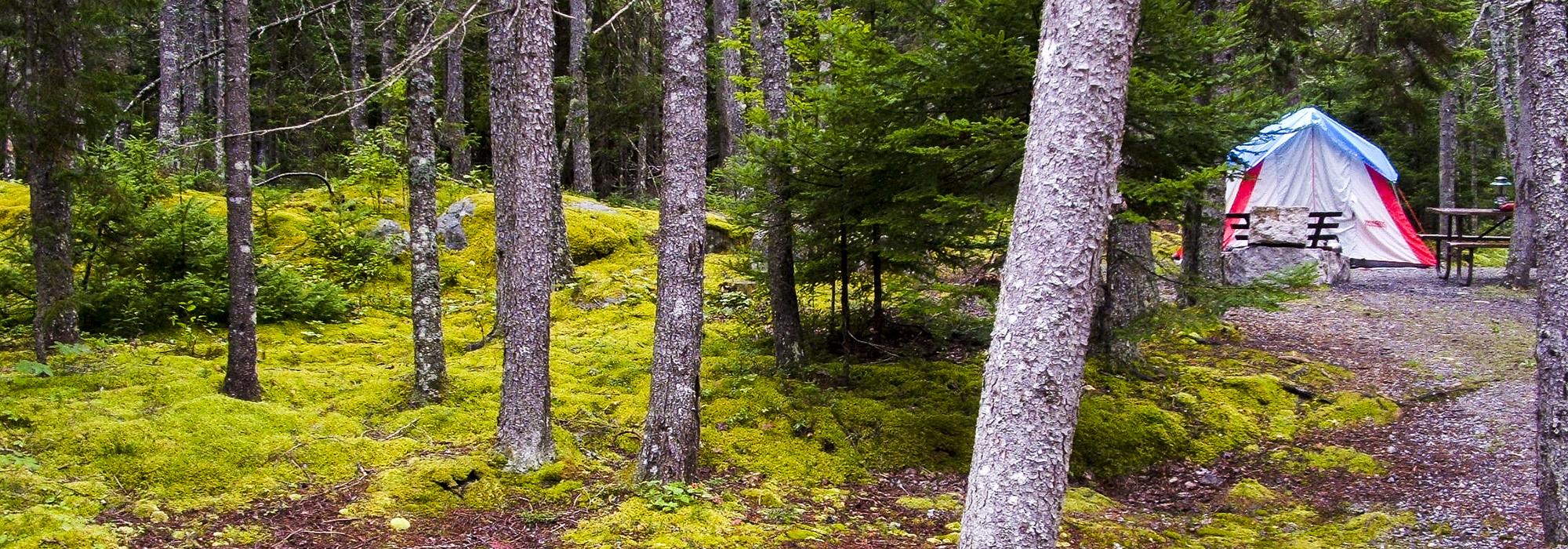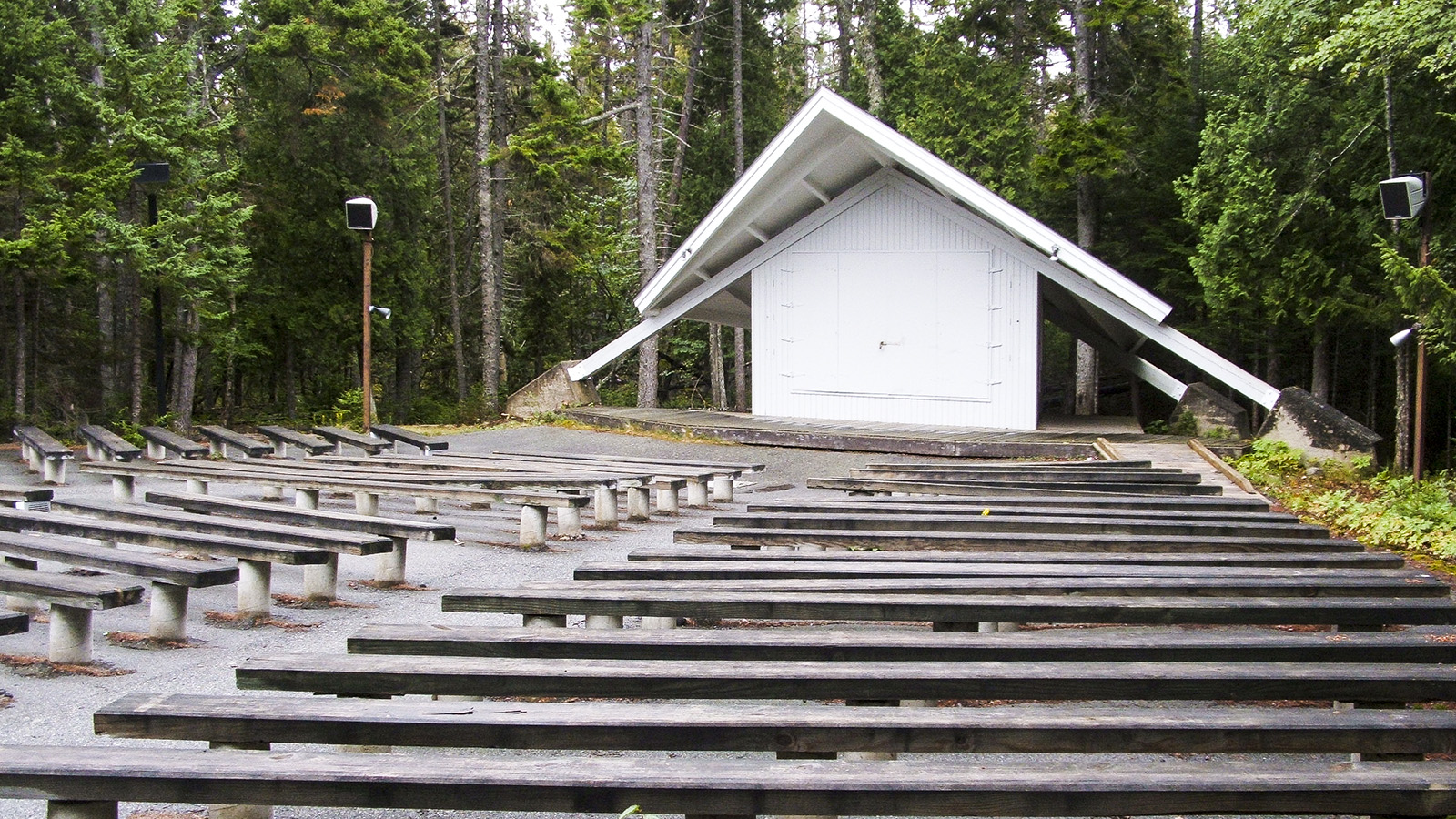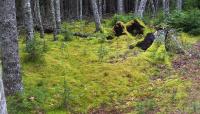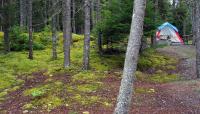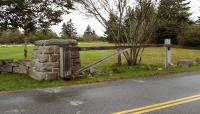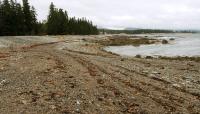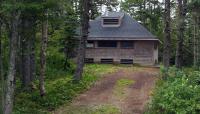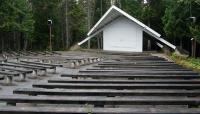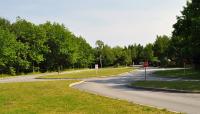Landscape Information
Acadia National Park’s Blackwoods and Seawall Campgrounds were developed as Recreational Demonstration Projects and built by Civilian Conservation Corps workers in the 1930s. They followed the National Park Service rustic design guidelines, which strove to provide a wilderness experience with basic amenities for visitors and used natural materials compatible with the local environment. They also followed the principles established by E.P. Meinecke of the Department of Agriculture, which reduced harmful soil compaction by separating automobile and foot traffic, creating clearly defined campsites, using angled parking, and planting additional trees and native shrubs.
Built on land donated by John Rockefeller, Jr. south of Bar Harbor, Blackwoods Campground was largely constructed between the 1930s and 1960s. Today two loop roads with 306 campsites are organized around a central camp court, with an entrance road and restrooms. Blackwoods also contains an amphitheater, transformer building, and check-in station.
The Seawall Campground is located south of Southwest Harbor on the less developed side of Mount Desert Island. Begun in 1937, the campground contains some 214 woodland campsites for tents and recreational vehicles nestled around four loops, a paved entrance road with stone gates, restrooms, and a rustic check-in station. It also includes an amphitheater, maintenance buildings, a pumphouse, and a ranger residence built in 1941, one of the few remaining early National Park Service residences at Acadia National Park. Neither campground has a direct relationship to the ocean but both are within walking distance. They are each listed in the National Register of Historic Places.



